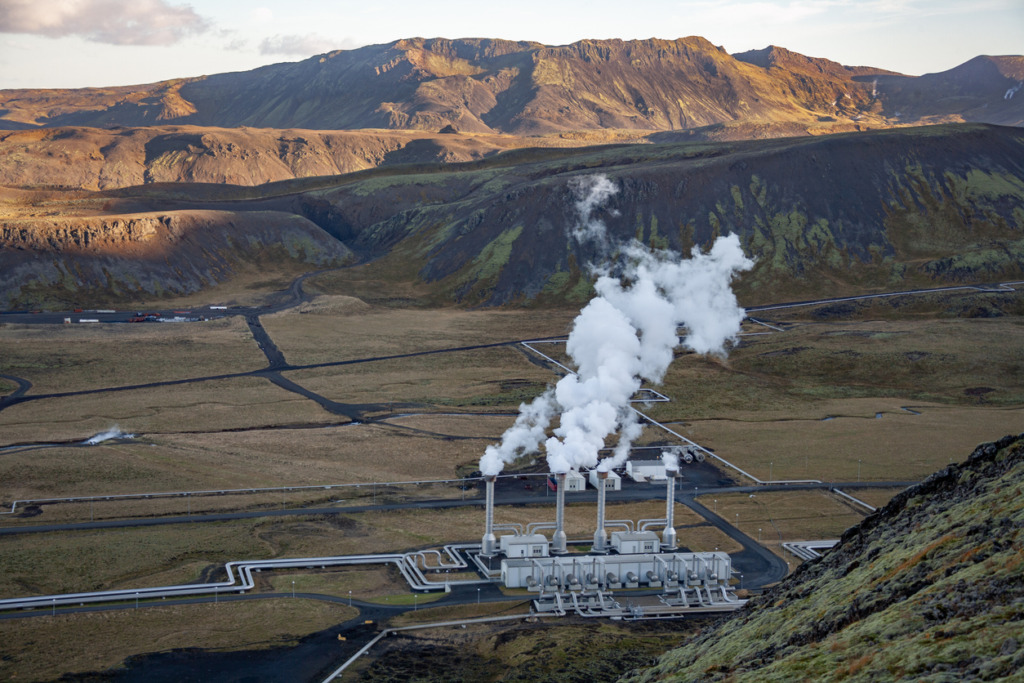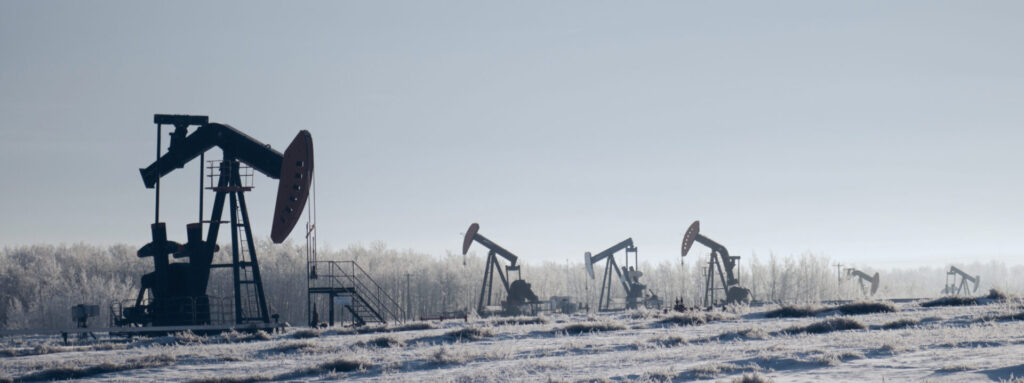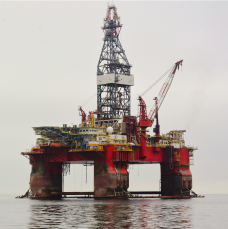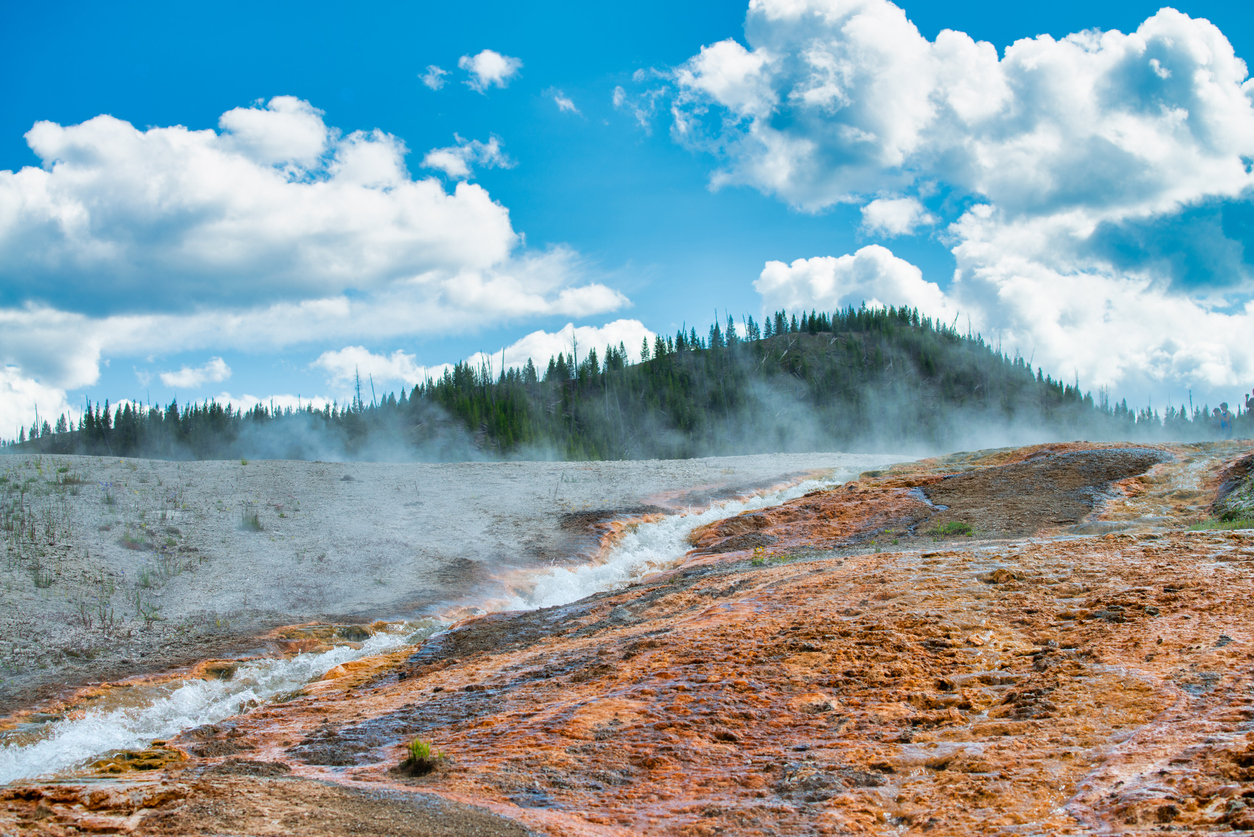If you’ve ever soaked in a natural hot spring, you’ve already experienced geothermal energy. It’s the heat beneath our feet produced by the Earth’s core that has been warming our planet for billions of years. Unlike fossil fuels, this heat is inexhaustible on a human timescale, making geothermal one of the most sustainable and reliable energy sources we have.
Yet, despite being around for over a century (the first geothermal power plant was built in 1904!), geothermal energy remains one of the most underappreciated renewables. It’s clean, it’s always on, and it has the power to transform how we power our world.

Why Geothermal Energy and Why It’s Different than other Renewables
Most renewable energy sources, like wind and solar, are intermittent. They depend on the weather and require storage solutions to keep the lights on when the wind dies down or the sun sets.
Geothermal is different:
- 24/7 Baseload Power – Geothermal plants operate around the clock at capacity factors often exceeding 90%.
- Minimal Land Use – A single geothermal facility produces more power per square foot than solar or wind farms.
- Ultra-Low Carbon Footprint – Once built, emissions are near zero, and many modern plants recycle almost all the water they use in a closed loop
In other words, geothermal can do what other renewables can’t: deliver reliable, clean energy every hour of every day.
Unlocking More Doors: AGS AND EGS
Traditional geothermal plants have been limited to places with naturally occurring reservoirs of heat, water, and rock permeability (think Iceland or California). But today, two breakthrough technologies are rewriting the geothermal map:
Advanced Geothermal Systems (AGS): Closed-Loop Solutions
AGS uses a sealed, closed-loop well (like a giant underground radiator) where fluid circulates without ever touching the surrounding rock or groundwater. This eliminates risks tied to water chemistry or seismic activity, making geothermal possible in even more locations.
Enhanced Geothermal Systems (EGS): Expanding the Map
EGS creates engineered reservoirs in hot, impermeable rock. Water is injected, fractures are stimulated, and heat is extracted through a closed-loop circulation system. This approach unlocks geothermal energy in areas once considered unsuitable.
Ceramic Proppants in Geothermal Energy
In EGS, one critical challenge is keeping the tiny fractures in the rock open so water can flow freely. This is where ceramic proppants, high-strength, thermally stable materials, come in.
Unlike ordinary sand, which can crush or degrade under extreme heat and pressure, ceramic proppants remain intact at temperatures well above above 300°C. They help maintain the pathways that keep engineered geothermal reservoirs productive for decades.
Why Geothermal is the Future of Renewable Power
Geothermal energy isn’t just another renewable energy source – it’s the backbone of a clean, non-depleatable energy future. With EGS, AGS, and material innovations like advanced proppants, we’re entering a new era where the Earth’s heat could provide limitless, carbon-free power anywhere on the planet.
This is just the beginning. In our upcoming series, we’ll dive deeper into the technologies, materials, and breakthroughs that are making geothermal energy one of the most exciting frontiers in the global energy transition.

Frequently Asked Questions (FAQ) About Geothermal Energy
1. What is geothermal energy used for?
Geothermal energy is used to generate electricity, provide direct heating for buildings, support industrial processes, and even power district heating systems. With emerging technologies like Enhanced Geothermal Systems (EGS) and Advanced Geothermal Systems (AGS), geothermal is expanding into new applications, including lithium extraction and sustainable energy for data centers.
2. How does EGS differ from AGS?
- Enhanced Geothermal Systems (EGS): Involves creating or enhancing fractures in hot rock, injecting water, and circulating it through the rock to extract heat.
- Advanced Geothermal Systems (AGS): Uses a closed-loop system where a working fluid circulates in sealed pipes underground, transferring heat without interacting with the surrounding rock or groundwater.
Both technologies dramatically expand where geothermal energy can be deployed.
3. Are ceramic proppants safe for the environment?
Yes. Ceramic proppants used in geothermal reservoirs are chemically inert and designed to withstand extreme temperatures without degrading. They help maintain the permeability of engineered reservoirs in EGS projects without introducing harmful chemicals, ensuring a sustainable and environmentally safe operationTop 5 myths about EGS.
4. Is geothermal energy really renewable?
Absolutely. The Earth’s core continually produces heat, making geothermal energy a renewable resource on human timescales. Unlike fossil fuels, geothermal does not deplete the source—it simply extracts heat at a sustainable rate, often allowing reservoirs to operate for 30+ years with proper managementTop 5 myths about EGS.
5. Why is geothermal energy important for the clean energy transition?
Geothermal provides 24/7 baseload power, unlike intermittent wind and solar. Its reliability, low carbon footprint, and minimal land use make it a critical piece of the global clean energy mix. With innovations like EGS, AGS, and advanced materials, geothermal has the potential to supply a significant share of the world’s electricity by 2050.
Importantly, geothermal is uniquely positioned to support the explosive energy demands of AI data centers. As artificial intelligence applications scale rapidly, so does the need for high-density, uninterrupted power. Geothermal’s high capacity factor (often above 90%) and around-the-clock availability make it a prime candidate for powering data infrastructure sustainably.









